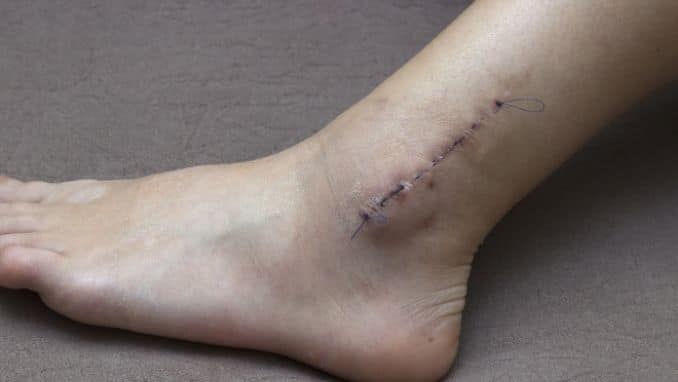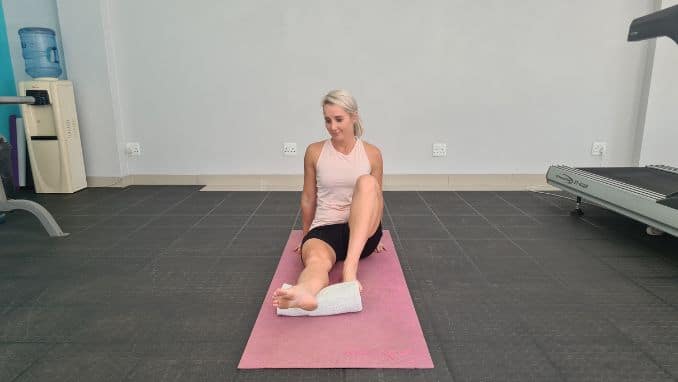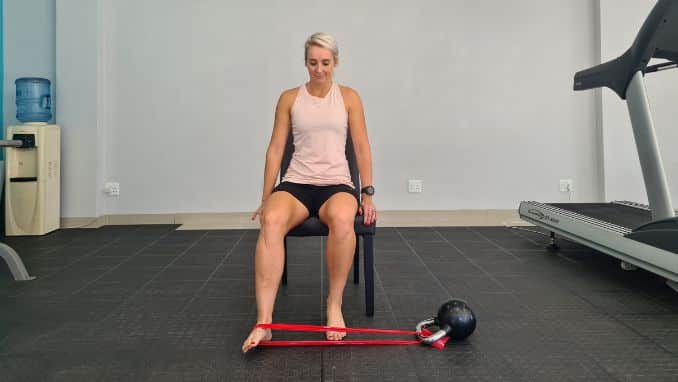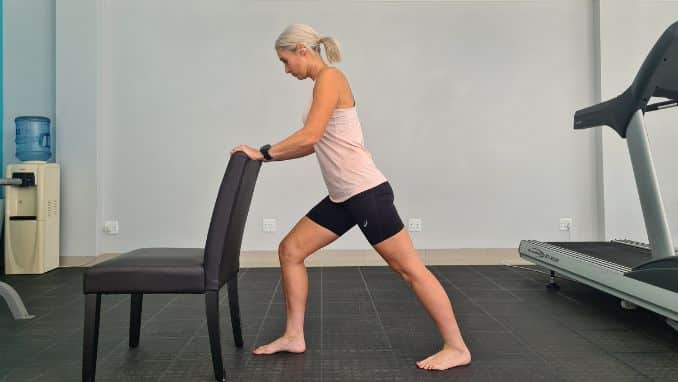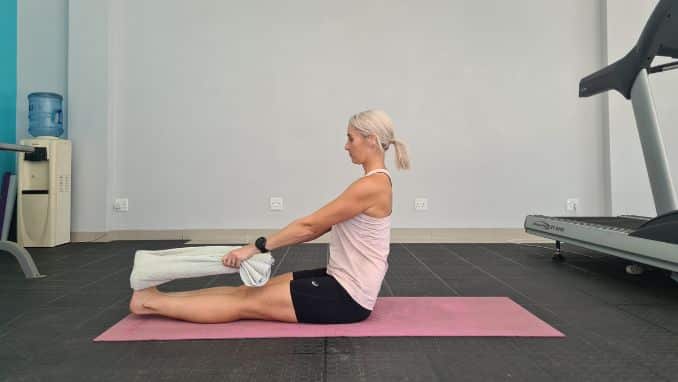
Our ankle joint has to withstand a lot of weight and force. It carries several forces equivalent to several times to the body once we jump or run. Overdoing it could cause injury or strain; the ligaments might overstretch or tear (rupture). Surgery for an ankle fracture is done if the bones in the ankle are unstable and need more support to heal. When the ankle is stable and the broken bone isn’t out of place, it may not need to repair milder fractures surgically.
Ankle Problems That May Need Ankle Surgery
- Fractured ankle.
- Arthritis causes pain and immobility.
- Chronic ankle instability from multiple sprains or other causes.
- Deformity of the ankle.
- Chronic tendonitis/synovitis of the ankle.
Ankle Surgery Types of Procedures
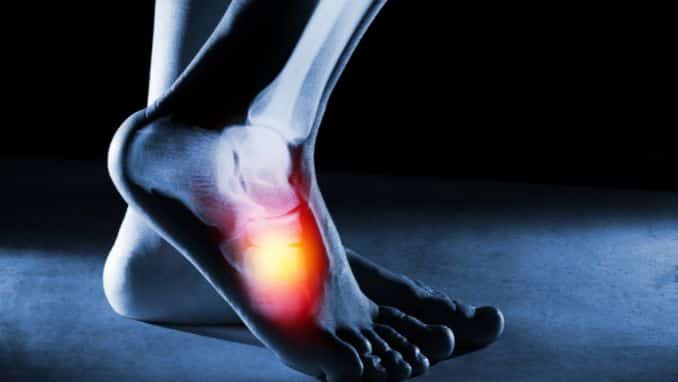
Many possible surgical options can be chosen for the ankle; here are some ankle surgery types:
1. Ankle Arthroscopy (For Arthritis And Ankle Injuries):
In your ankle, you can do minor invasive surgery with several small incisions. Special instruments remove bits of bone or cartilage from the ankle.
2. Tendon Ankle Surgery (For Chronic Tendonitis/Synovitis):
This is a simple surgery where diseased tendon tissue is taken out or repairing a tear. It can be complex as Achilles repair/reconstruction and tendon transfer, where a diseased tendon is removed and replaced with another tendon from the foot.
3. Ankle Fracture Surgery(For A Broken Ankle):
This surgery can stabilize the breaks and help the bone heal. Screws, metal plates, and small metal wires may hold the broken bone in place during healing. Several surgeries can be done, but it would still depend on the type of fracture, and your surgeon will talk with you about your specific procedure.
4. Ankle Fusion (To Treat Arthritis):
For this type of ankle surgery, the surgeon debrides (removes damaged tissue) the ankle joint surfaces affected by arthritis. They fuse or join ankle bones permanently with screws and metal plates.
5. Ankle Replacement:
The doctors carefully removed the damaged ankle joint. Then replace the damaged joint with a replacement joint made of plastic or metal. Occasionally, surgeons attach the replacement joint to the existing bone using special surgical glue. Your surgeon may also use screws to help stabilize the ankle replacement.
6. Lateral Ankle Ligament Reconstruction (Brostrom Procedure)
(For Chronic Ankle Instability Or Foot Deformities):
The surgeon for this type of ankle surgery makes a small cut on the outside of your ankle. Then tightens loose and weakened ligaments that cause instability in your ankle.
Ankle Surgery Recovery Time
Whenever a person has an injury, the healing time will always depend on physiological factors, which are influenced particularly by age, psychological, stress, comorbidities (e.g., diabetes, obesity, and peripheral artery disease), alcohol use, use of medications, type/extent of surgery malnutrition, immobilization, infection, and smoking. And the wound or incision will normally heal and scar down between 2-3 weeks.
a. Nutrition Is Vital To Recovery
A well-balanced diet will always be vital for ankle surgery recovery. Some vitamins and minerals, such as vitamins A, C, and Zinc, help the body repair tissue damage, fight infections, and keep the skin healthy. Vitamin A is in animal foods and some brightly colored vegetables and fruits. Many vegetables and fruits are high in vitamin C. Moreover, zinc deficiency has been associated with delayed wound healing, reduced skin cell production, and reduced wound strength. Some dietary zinc sources include red meat, fish and shellfish, milk products, poultry, and eggs.
b. P.R.I.C.E. Method For Recovery
-
- Protect – After a certain type of ankle surgery, wear a cast, boot, or splint to help protect the ankle. Per your surgeon’s orders, you will slowly wean off this support into a regular, supportive shoe.
-
- Rest – Resting your body will give you time to recover. Get off your feet periodically throughout the day to rest.
-
- Ice – Ice is a natural anti-inflammatory and a fantastic way to reduce swelling.
- Compression – A compression sleeve should be used once you begin to walk and stand for long periods. This improves circulation and prevents swelling from pooling into your foot.
- Elevation – Make sure to elevate your foot above your heart when off your feet and during icing periods.
Exercise For Ankle Surgery Recovery
Exercise is also vital for ankle surgery recovery. Stretching and strengthening the ankle muscles will help improve ankle joint mobility and reduce the risk of any injury. It also helps increase bone density, reducing the risk of degenerative bone diseases.
Post-surgery, people should incorporate ankle-strengthening exercises into their regular workout routine.
The following are some exercises that can be tried at home;
1. Ankle Pumping & Alphabet
For this ankle surgery exercise, pump your feet up and down by pulling your feet up toward you, then pushing your feet down away from you. Then, rotate your feet clockwise and counterclockwise. Ankle pumps should also be done 10 times every hour while awake. Move your foot inward and then outward. Alternatively, you can write the alphabet with your foot. This will incorporate all of the motions in the foot and ankle.
Meanwhile, strengthening the muscles that support your lower leg, foot, and ankle will help keep your ankle joint stable.
2. Theraband Ankle Surgery Exercise
Attach the band to a sturdy table leg and loop the other end over your foot. Pulling against the resistance of the band, move your foot inward. Next, move the band so the loop is on the opposite side of your foot. Move your foot outward. Try to do at least 20 repetitions twice daily.
3. Toe Raises
Stand close to a stationary object for balance. Rise on both toes to start, but you should be able to do single-toe raises eventually as your strength improves.
Stretching the muscles you strengthen is important for restoring the range of motion and preventing injury.
4. Heel Cord Stretch
Stand facing a wall with an unaffected leg forward with a slight bend at the knee. The affected leg is straight and behind you, with the heel flat and the toes pointed in slightly. Keep both heels flat on the floor and press the hips toward the wall. Hold this stretch for 30 seconds, and then relax for 30 seconds. Try to do daily at least 10 repetitions.
5. Golf Ball Stretch
Sit on a stable chair with both feet planted on the floor. Sit up tall and keep your foot toward your chair. Roll a golf ball under the arch of your affected foot for 2 minutes. Try to do it once daily.
6. Towel Stretch
Sit on the floor with both legs out in front of you. Sit up tall and keep your legs straight. Loop a towel around the ball of your affected foot and grasp the ends of the towel in your hands. Keep your affected leg straight and pull the towel toward you. Hold for 30 seconds, and then relax for 30 seconds. Repeat 3 times.
Balance exercises are also vital to do for the ankle after surgery. You can try them by standing on one leg as long as possible, keeping count. Try to increase this time daily. Heel to toe walking-Place one foot after the other walking an imaginary tightrope. Start with low-impact exercises such as stationary biking or swimming. As you begin walking for exercise, start slow and gradually add distance as comfort allows. Wait to start jogging or running until you are comfortable walking at least 1 mile without increased pain.
Lastly, please consult with your doctor or physiotherapist about the things you can and not do depending on your recovery. These exercises are just based on general guidelines.

